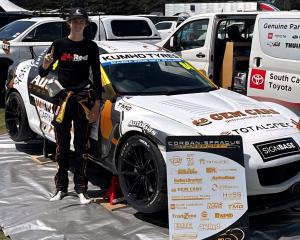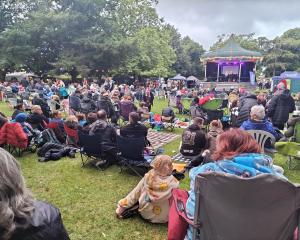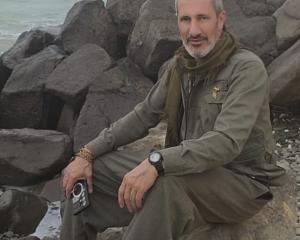Bob Thomson and Tony Goddard know all about rabbits.
They have been shooting them in the Mackenzie Basin for the past 25 years and, during that time, experienced difficulties getting them off the basin for processing, as there was not a big enough market.
So they went into business, forming Tekapo Rabbits Ltd, and established a mobile processing plant on Maryburn Station, between Twizel and Lake Tekapo.
Last month, a Cromwell-based rabbiter said the explosion in rabbit numbers in Otago was the biggest he had seen in 25 years.
Tekapo Rabbits now has chillers in Cromwell, Luggate and the Mackenzie, and has been advertising for shooters.
They have about 57 on their books.
Rabbit numbers around Cromwell were the worst.
Shooters had not had any reason to shoot there, except for recreation, so at least their company had given them a reason to shoot, Mr Thomson said.
He reckoned numbers were probably creeping up to what they were before the introduction in 1997 of rabbit calicivirus disease, now known as rabbit haemorrhagic disease (RHD).
Shooters were paid $2 a kg and about 3000 rabbits were coming in a week.
That amounted to about 2.5 tonnes, because the rabbits were still quite small.
They also processed hares and as long as the animals were clean and fresh, there was no restriction on numbers they could take.
Once at the plant, the rabbits went into a chiller before being skinned and processed.
The meat was then packed into 25kg boxes and later blast frozen at Polarcold, either in Timaru or Christchurch, ready for export.
Raw rabbit or hare meat had never been exported to North America and the mobile unit was the first in New Zealand, Mr Goddard said.
While the idea of setting up a processing plant had been mooted before the arrival of RHD, the pair decided to "sit back and let things be for a while" when it was released.
When numbers bounced back, they went ahead with the venture.
Mr Goddard manages the factory, Mr Thomson looks after the logistics and there are three skinners, a processor and a secretary.
Maryburn was an ideal location and the view of the vast Mackenzie made it a particularly scenic workplace.
The pair, who still made as much time as they could for shooting, said they would love to be able to pay shooters more but were not making enough money to be able to do so yet.
Having "done what they're doing", they knew how hard it was for shooters, Mr Goddard said.
They believed there should be government assistance for their venture.
They estimated it cost about $10 for the regional council to get rid of a rabbit and said they were doing it for nothing.
Their business was saving on poisoning and helping save the environment, and money saved by farmers could be spent on other improvements to their properties.
While an increase in rabbit numbers was obviously good for their business, they were "not here to farm them".
"We will shoot whatever rabbit comes across our path," Mr Thomson said.












